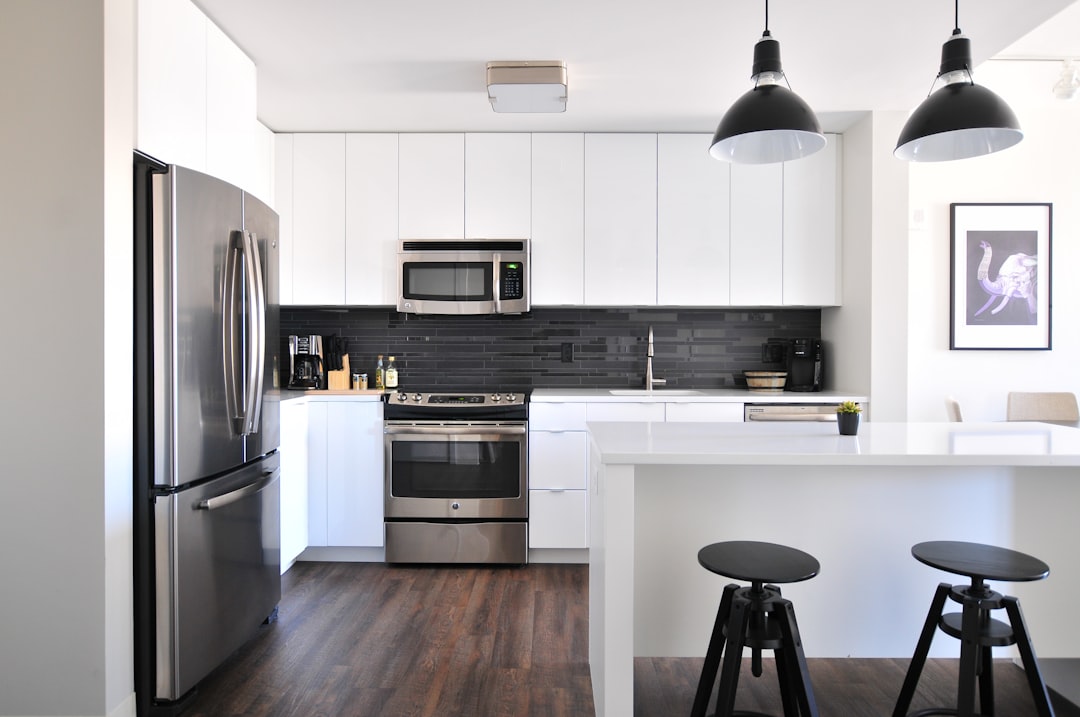Blast hole drilling, the process of drilling holes in hard rock surfaces for the purposes of explosives placement, is both an art and a science. It requires strategic planning, precise execution, and a profound understanding of rock characteristics.
The first step in blast hole drilling is planning. The quality of the drilling will depend on the quality of the planning. Engineers and geologists must analyze the rock layers and determine the best location for the drill holes. They also identify the type and amount of explosives needed and the optimal depth and diameter for each hole.
Once the planning is complete, the actual drilling begins. The drill bit is attached to a rotary drilling machine that can bore holes as deep as 200 feet and as narrow as a few inches. The machine drills a hole, and the rock cuttings are removed by either blowing air or water into the hole to flush them out.
During drilling, it is essential to monitor the pressure and rotation of the drill bit to ensure that the hole is straight and of the desired depth. Additionally, rock quality is measured by the drill rig’s power usage, enabling operators to adjust the drilling operation as necessary.
After drilling, the hole must be cleared of dust and debris. This process is accomplished by blowing compressed air down the hole and subsequently washing out any remaining debris. Ensuring that the hole is free of debris ensures that explosives placement will be precise, and the explosive energy won’t get wasted.
The final step in blast hole drilling is the placement of explosives. The explosives are placed in the drilled holes and detonated to break up the rock. The placement of the explosives is a critical step and must be precise for maximal rock breakage without any damage to nearby structures or terrain. Blasting results are monitored to ensure the rock is broken into correctly sized pieces for further processing.
Skilled operators and engineers play a significant role in blast hole drilling operations. It requires a deep knowledge of drilling equipment, rock properties, and explosives. They must also know how to handle the high-pressure systems used in drilling operations safely.
Blast hole drilling is essential in mining operations, and it is also used in construction and excavation projects. The technique saves significant amounts of time and energy over other drilling methods. It allows for the placement of explosives and the breakage of rock on a massive scale, and in a comparatively short time.
The safety of personnel and the environment is critical in blast hole drilling operations. The drilling machine’s operation must follow safety protocols and procedures. The use of personal protective equipment PPE and other safety measures, such as monitoring air quality and sound levels, are essential to prevent injury to personnel and damage to the surrounding environment.
Blast hole drilling is an essential technique for mining operations, construction, and excavation projects. It is both an art and science requiring specialized knowledge and skills. With careful planning, execution, and safety measures in place, blast hole drilling offers significant benefits in terms of speed, efficiency, and safety.











